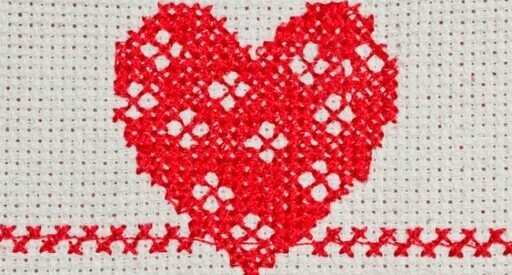DIYers Revitalize Small Town Economies Amid Retail Decline
In a rapidly changing retail world, Joann Fabrics shutting down stores across the U.S. has left DIY fans and small-town economies in a tough spot. With these well-loved stores gone, crafters and seamstresses now have to hunt for new options, showing just how adaptable and creative the DIY community really is.
This shift is a big deal for local economies and the crafting scene. It hints at new chances for innovation and self-reliance, though it’s definitely not what anyone hoped for.
Table of Contents
The Decline of Brick-and-Mortar Retail
The retail industry’s changed a ton over the past few decades. E-commerce keeps growing, and old-school shopping malls are fading fast.
Joann Fabrics, a go-to for countless crafters, has become another casualty in this ongoing shakeup. According to a Star Tribune article, Joann Fabrics will close nearly 800 stores by the end of May. That leaves a lot of communities scrambling for a new source of craft supplies.
The Impact on Local Communities
For towns like Hibbing, Bemidji, and Duluth in Minnesota, losing Joann Fabrics is more than just a store closing. It’s the loss of a community hub where people gathered, swapped ideas, and sparked creativity.
These stores weren’t just about buying fabric or yarn. They gave folks a place to connect—something online retailers just can’t replace, no matter how hard they try.
The Rise of Alternative Craft Supply Sources
With Joann Fabrics out of the picture, crafters are hunting for new places to get their supplies. Local fabric shops like SR Harris in Brooklyn Park, Minnesota, are seeing more customers than ever.
People like being able to touch and see materials before buying. Plus, national chains like Hobby Lobby and Michaels are stepping up to fill the gap.
Online Retailers and the DIY Economy
Some crafters feel unsure about buying supplies online, but e-commerce sites do offer a huge variety and the convenience of doorstep delivery. Websites like Etsy and Amazon have tons of fabric, yarn, and everything else you might need.
Still, there’s something about wandering through a store, feeling the textures, and getting inspired on the spot. That’s a tough experience to recreate online.
The Role of Private Equity in Retail Closures
Joann Fabrics didn’t close just because fewer people shopped in person. Private equity firms, which buy up struggling companies, have a big hand in these decisions too.
Forbes’ Chris Westfall points out that big hedge funds are losing patience with debt. They’d rather sell off assets than stick around and try to fix things, which has helped push many stores—including Joann Fabrics—out the door.
The Human Factor in Retail Economics
Private equity’s number crunching often ignores the human side. Stores like Joann Fabrics aren’t just businesses—they’re woven into the fabric of their communities.
Shopping in person, chatting, and creating together isn’t something you can measure on a spreadsheet. As retail keeps evolving, it’s worth asking: what happens to the people who depended on these places?
The Future of DIY and Crafting
The DIY community isn’t giving up, even with Joann Fabrics gone. Crafters are finding new ways to get materials and keep their projects alive.
Some folks are hitting up thrift stores and second-hand shops for fabric. Others are getting creative and repurposing old clothes or household items—classic DIY spirit, if you ask me.
Opportunities for Small Businesses
With the big chains shrinking, small businesses suddenly have a shot. Local fabric shops, craft stores, and online sellers can step up, offering unique products and a personal touch.
When crafters support these smaller businesses, they’re not just buying supplies—they’re helping keep their communities alive and vibrant. That feels like a win for everyone.
Conclusion
The closure of Joann Fabrics really feels like the end of an era for so many crafters and small-town economies.
At the same time, maybe this is a chance for the DIY community to try new things and get creative with where they find supplies.
Supporting small businesses and exploring alternative sources could keep the spirit of crafting alive, even if the landscape keeps shifting.

